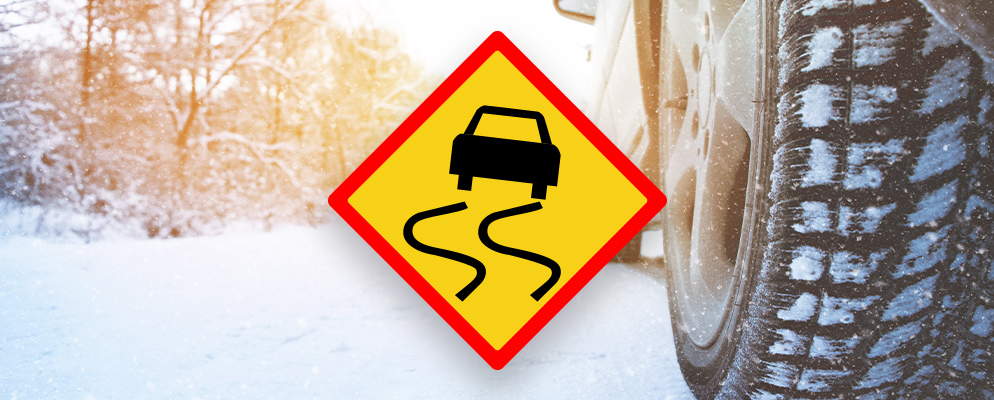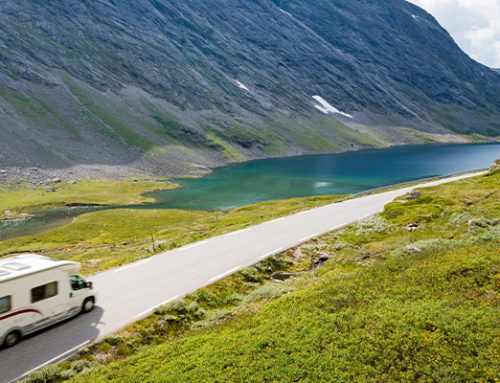Snowy, icy, and slippery winter weather can make things tricky on the road. While you might not be able to completely avoid driving in winter weather, here are some safe driving tips to help you get through it.
IN THE ICE AND SNOW
If you live in a region that regularly gets snowy or icy conditions, snow tires can be a great investment. These tires are made for this kind of weather and will make sure you get as much traction as possible. You’ll want to put your winter tires on before the first heavy snow of the wear, but not early enough they will wear down before they get any use. Generally speaking, it’s a good idea to switch to winter tires once daytime temperatures are consistently below 50 degrees.
When the road gets slippery, start driving like your grandma is in the passenger seat: lower speeds with slow stops and starts. Try to keep moving, especially on hills, since the slick surface will make it much harder than usual to get started again once you stop. You shouldn’t have to worry about sliding and fishtailing around the road if you drive at a safe speed for the conditions. If you do start to slide, don’t panic! Take your foot off the gas, steer into the skid and keep your eyes on where you want the car to end up. Once you stop sliding, take a deep breath and continue at a slower speed than before.
IN FREEZING TEMPERATURES
Stay connected with a friend or loved one if you’re headed out into freezing weather. Before you leave home, let someone know where you’re headed, how long it will take you to get there, and when they should expect you back.
If you find yourself stuck, don’t walk for help even if you think you can easily make it. Your vehicle provides good protection from the elements and is a bigger target for emergency rescue crews to see. Keep the interior light on since it takes very minimal battery and makes it easier to see your vehicle. Run the car regularly for just long enough to take a chill out of the air but be sure to conserve your gas and battery.
Even if you have snow tires, it’s a good idea to keep easy to use tire chains in your trunk during the winter months because you just never know when they’ll be needed. It’s also smart to keep a “just in case bag” in your car during the winter months, just in case you get stranded. You bag can include things like:
- Warm blankets or an extra winter coat
- Water bottles and non-perishable snacks
- Bright and/or reflective fabric to tie to the antenna or peak out a closed window
- A portable phone charger and a flashlight
IN THE RAIN
The first rain of the year, or even just the first rain in a while, is always a beast. Take extra precautions, since the roads will be extra slippery when the rain mixes with the dust, oil, etc. that hasn’t been washed away on the road. Most importantly, turn your headlights on and slow down! Visibility will be down, reaction times will be slower, and you don’t want to add excessive speed into that mix.
Remember to never drive through standing water, even if it looks perfectly safe. Like the Four Tops once sang, “whoah, whoah, whoah, still waters run deep.” While it might feel silly, according to FEMA it only takes six inches of water to cause a car to stall out. Worse still, only a foot of water can cause most cars to float away. Since you have no idea how deep or quick-moving a body of water might be, it’s almost always safer to turn around and find a different route.
Driving in winter weather causes enough stress, you don’t need to spend time worrying about tolls, too. Get where you’re going quickly and safely this winter with Peasy, the tolling solution you set and forget.





